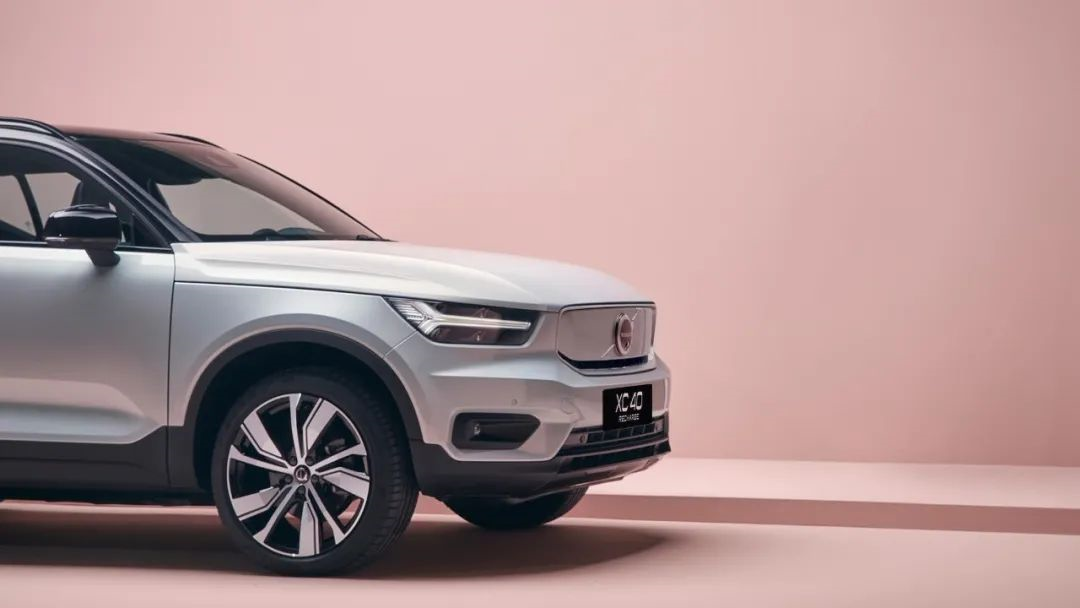Author: Sid
On an open terrace next to the Bund in Shanghai, Xu Zhiyuan and political scientist Liu Qing talked about the topics of “involution” and “lying flat”. When asked about how to view the growing social Darwinism in Chinese society in the past decade, Liu Qing criticized, “Nowadays, young people believe too much in strength and ability. This idea used to prevail in the West, but it has been abandoned by the academic community. Social Darwinism is a misunderstanding of Darwin’s theory, it is about survival of the fittest instead of the strongest.”
To some extent, “involution” represents a “desire for strength psychology”. Just like Liu Qing said, the trend of believing in strength too much has also prevailed in the automotive media circle in recent years. When we want to get better traffic, we will definitely focus on “little speculators” and make a big fuss, because these auto companies bring their own traffic.
The “tap water”-style traffic effect comes from the public’s worship, it is difficult for the masses to deeply understand the internal real operation process of an enterprise, but they are extremely sensitive to numbers. At this moment, Tesla’s market value has reached $1.1 trillion, and we have also seen when top new power car companies have obtained tens of billions of financing. When we have no way to judge a company, capital recognition becomes a consensus, and this kind of thinking directly affects most people, who regard the innovation of new power car companies as a “righteous act”.
There are also examples in the internet industry. In the era of mobile internet, everyone focused their attention on Google and Apple, while Microsoft seemed like a loser who was abandoned by the times. Few people noticed that Microsoft’s market value surpassed Apple’s last year and became the world’s largest market value company, perhaps because it focused on the To B level of business and had less reach to the C end. Similarly, in the automotive circle, Volvo’s fate is similar to that of Microsoft.
As with the debate over “involution” and “lying flat” in society, the innovation and tradition in the automotive circle in recent years are also being discussed. As with social consensus, the latter is often not viewed favorably, and traditional car companies have become targets of criticism. Especially in the contemporary automotive sales and service field, when new power car companies took the lead in incorporating models such as “co-creation” and “direct operation” into their tools, do traditional car companies have no response? Or have we completely missed it?
With such questions, we interviewed Qin Peiji, President of Volvo Car China Sales Company, at the Baiyulan Plaza, four kilometers away from the Bund. In 2021, Volvo Cars sold 171,393 vehicles in the whole year, a year-on-year increase of 3.1%. In the era of everyone chasing “new”, innovation is the greatest potential energy. Therefore, sales growth must be related to corporate renewal. However, from the perspective of outsiders, the elephant that is Volvo is not undergoing a “heroic amputation” revolution, but a “graceful turn” based on traditional capabilities.
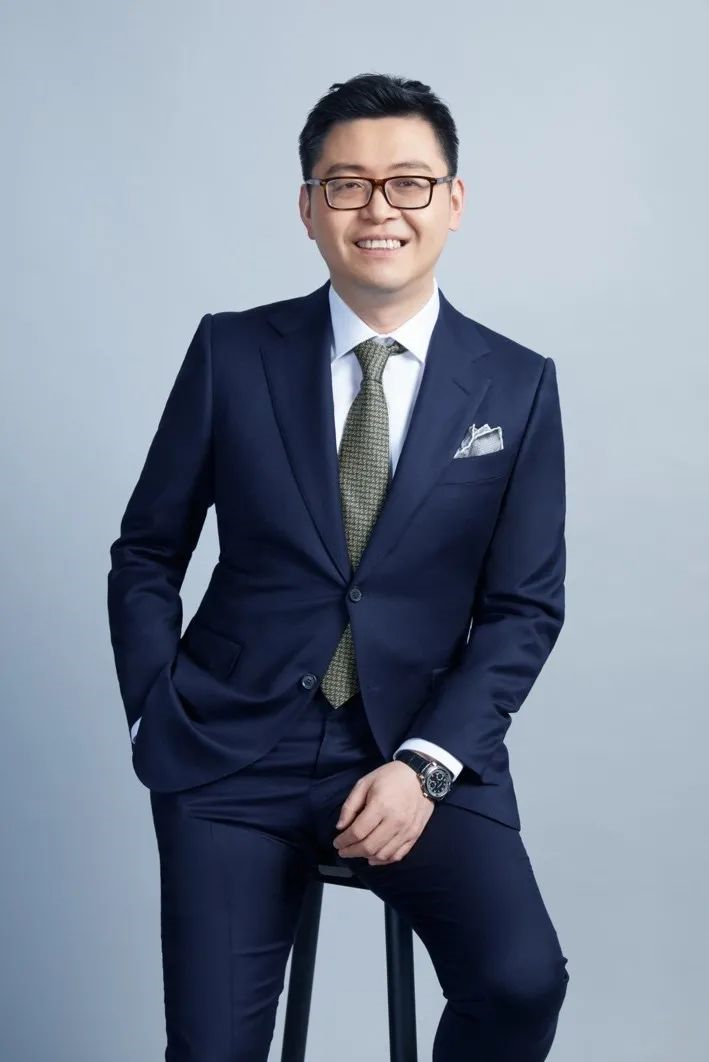 ## There is no “black or white” theory in the business world
## There is no “black or white” theory in the business world
Qin Peiji has been with Volvo for ten years. He has served as a regional sales manager, sales director, VP of sales, and president of China sales company. Along the way, Qin Peiji witnessed the changes in the sales model of the Chinese automobile market in the past decade, and what he has with him every day is data. Tracking sales progress, market trends, and observing what happens in the market on a daily basis has become his habit. Ten years of practice have given him the ability to accurately judge the market.
In recent years, the soaring sales of new energy vehicle companies have raised concerns about the direct sales model. Extreme views believe that the new sales model of future cars must be direct sales, fixed price, and zero inventory.
Regarding this, Qin Peiji said, “I have always said that traditional companies need to change their business ideas. They must know that the world is no longer the same as before, but everything is “moderate and functional”. For example: the only correct sales model in the world is direct sales, this statement is too absolute. Otherwise, why did XPeng Motors open a 4S store at the beginning, and Tesla recently began to open a 4S store, they are all slowly “moving to the middle”.”
Direct sales model is pursued by many new energy vehicle companies and consumers, and there are two reasons for this. One is the fixed price model, which reduces the time and energy consumers spend comparing prices. The second is that the sales staff’s focus has shifted from bargaining with consumers to product introduction and service. After this change, consumers no longer have to spend time and energy on price and do not have to worry about being forced to add decorations.
“The significant improvement of the consumer car-buying experience” is the essential reason why the direct sales model is acknowledged by the industry. However, for the car company itself, the direct sales model will increase the high cost pressure. Expenses such as shop rent, water and electricity, and personnel services all have to be paid by the car company. “So let’s return to the essence of the problem. Consumers are willing to pay for a better experience. Whether this service and experience comes from the car company’s direct sales store or the dealer’s 4S store, it makes no difference to them.”
Therefore, when the Volvo XC40 RECHARGE was launched in 2020, Volvo Cars tried the “direct sales model” on this model. Combining the advantages of mainstream 4S store model and direct superstore model, it achieved a win-win situation for consumers, dealers, and Volvo Cars.
In addition to the two upgrades in user experience mentioned above, the direct sales model can also reduce the inventory pressure of dealers, and Volvo Sales Company must bear all inventory itself, which also puts higher demands on the sales department’s price fluctuation prediction ability and maintains a fast and flexible logistics system. This cooperative model can also reduce the cost pressure of Volvo Cars itself.In 2021, Volvo opened up a direct sales network for all RECHARGE models in Shanghai, and by the end of the year, the annual sales of RECHARGE models in mainland China increased by an impressive 96% compared to the previous year. This represents a significant achievement for Volvo in its innovative direct sales model.
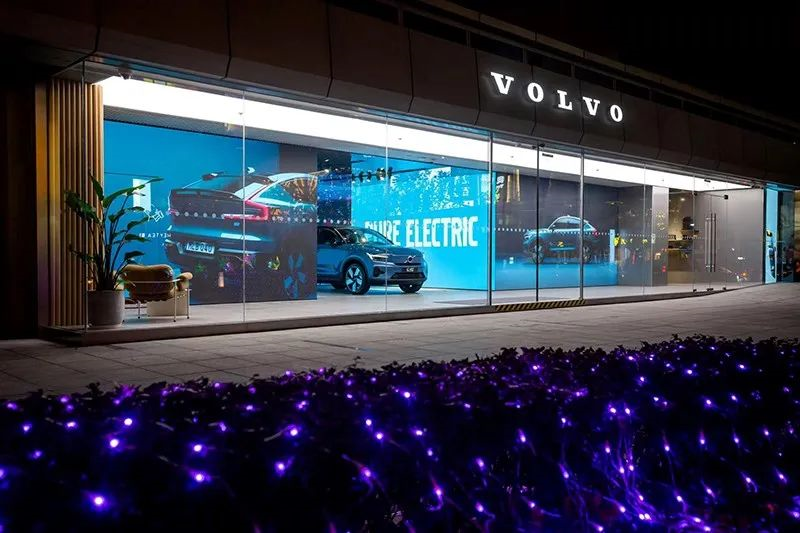
“The business world is not simply black and white” is the core viewpoint we gathered from the interview with Qin Peiji. After ten years of hard work at Volvo and his experience at the China Europe International Business School, Qin Peiji has become a professional manager who combines experience and methodology. When asked about his experience at Volvo, Qin Peiji stated that the most significant feeling he had was that “you have to tell the truth.” For many professional managers, satisfying shareholders and bosses may be the central focus of their work, but for Qin Peiji, what is more important is to “do the right thing.”
To be honest, no traditional automobile manufacturer can abandon their traditional retail networks, which is why Qin Peiji proposes that innovation is not simply about everyone trying to adopt a direct sales model, but rather understanding what the purpose of direct sales is. Therefore, after integrating their own capabilities with the dealer system, Volvo has created a sales model that meets the new demands of the consumer market.
Systematic Capability Surpassing New Forces
To further achieve its electrification strategic objectives, Volvo went public on the Stockholm Stock Exchange in October 2021, becoming one of the largest IPOs in Europe in 2021. 70% of the funds raised in this IPO will be used for electrification transformation, while the remaining 30% will be used to enhance manufacturing capability.
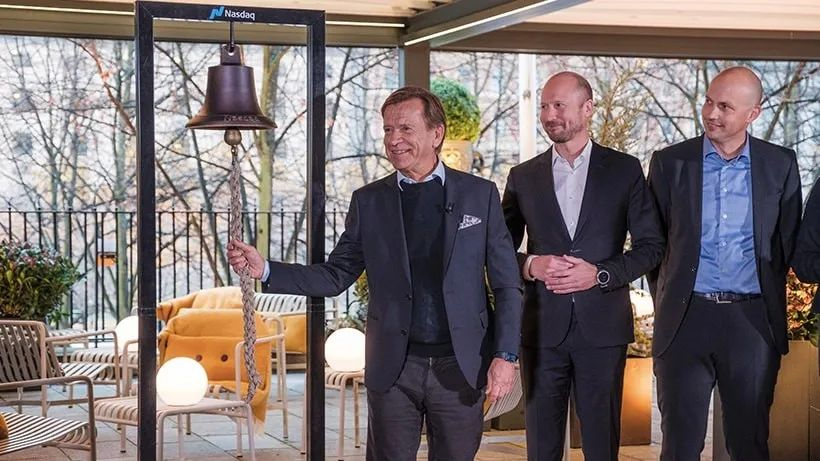
At the end of 2021, Volvo’s listing on the Stockholm Stock Exchange showed that the attitude of capital markets towards traditional automobile manufacturers is changing, and the key reason for attracting capital from traditional automobile manufacturers is their established systematic capabilities.
Qin Peiji stated, “We raised less money than new forces did this time, but it is still sufficient to support a traditional company’s transformation. After all, systematic power is an advantage for us. The transition from fuel to electrification is an unstoppable trend. Many new entrants start from zero, and even have to do their own factory construction.”Through recent public statements by Li Bin, the founder of NIO, we can see that the frequency of the term “customer first” is decreasing. As cars sell more, the founder or management team will find it increasingly difficult to communicate face-to-face with “every user” and instead start talking about “systematic capabilities.”
At present, NIO has delivered more than 160,000 vehicles in the Chinese market, and the expansion of the user base will bring great pressure to the backend service network. If you are a NIO user, you will know that each user is equipped with a dedicated service team, including sales, after-sales, customer service specialists, etc., forming a multi-to-one service model. This change in public statements by Li Bin coincides with Qin Peiji’s view: “After the growth of a company to a certain stage, it will inevitably face the problem of systematic capabilities.”
As the user group of new energy vehicle companies gradually grows, the single-armed direct sales model will face great challenges, so systematic capabilities become particularly important. On the road to reforming the user service system, traditional car companies because of their large user base, will face even deeper problems than new energy vehicle companies.
At this point, you will find that the traditional dealership network, once viewed with disdain by some people, is no longer a burden, but rather a partner in combat. The first step in deepening the user service system is to walk from behind the dealer to beside the dealer and face the problems posed by users together with them.
The department closest to consumers in traditional automobile companies is CRM (Customer Relationship Management Department), but Qin Peiji admitted that before they began service reform, CRM was a secondary department under the marketing department and the industry’s definition of the CRM department was even “making phone calls.”
After identifying internal problems, Qin Peiji personally supervises the transition of the CRM department. He separated the CRM department from the company structure, tilted the budget towards the department, and put forward long-term hopes and visions, which greatly increased the department’s capacity through these three steps.
Looking back on the entire transformation process, Qin Peiji told us that “to put it simply, we need to break down departmental barriers, restructure the organization based on traditional enterprise structures, reallocate budgets, and allocate personnel according to requirements. When we do these things, the department will become more vibrant. This kind of change is happening all the time in the after-sales, marketing and public relations, and sales departments of Volvo. The process is also very painful because there is constant collision. In the process of change and constant adjustment, making rapid decisions, problems may arise, but at least the direction is towards the right one. The key is not to be afraid of change.”Being able to intuitively feel the corporate personality is what I, as a Volvo owner, have experienced in the past two years. In the past, we could only judge a car company’s personality through its products, and we only interacted with dealership personnel on the sales and service side. With Volvo now facing users directly, we have gained another dimension for judgment, making my impression of Volvo more well-rounded.

This feeling of being closer to the car company reminds me of the light and shadow installation art I recently saw. The blocks on the wall are like the internal organization structure of a company, complex, sophisticated, and unknown to consumers. The light hitting the block structure from the right is like Volvo stepping from behind the scenes to the forefront, facing consumers head-on; it is due to this light that we can see the true image of the enterprise organization reflected on the left side of the art installation.
In my opinion, Volvo’s image on the sales and service side is strict and self-disciplined. In mid-2021, Volvo proposed six owner rights services, with “free pick-up and drop-off service” being the most used by users. As of June 2021, Volvo provided 204,683 services to 107,306 owners, with an average of 1.9 times per customer for this service.
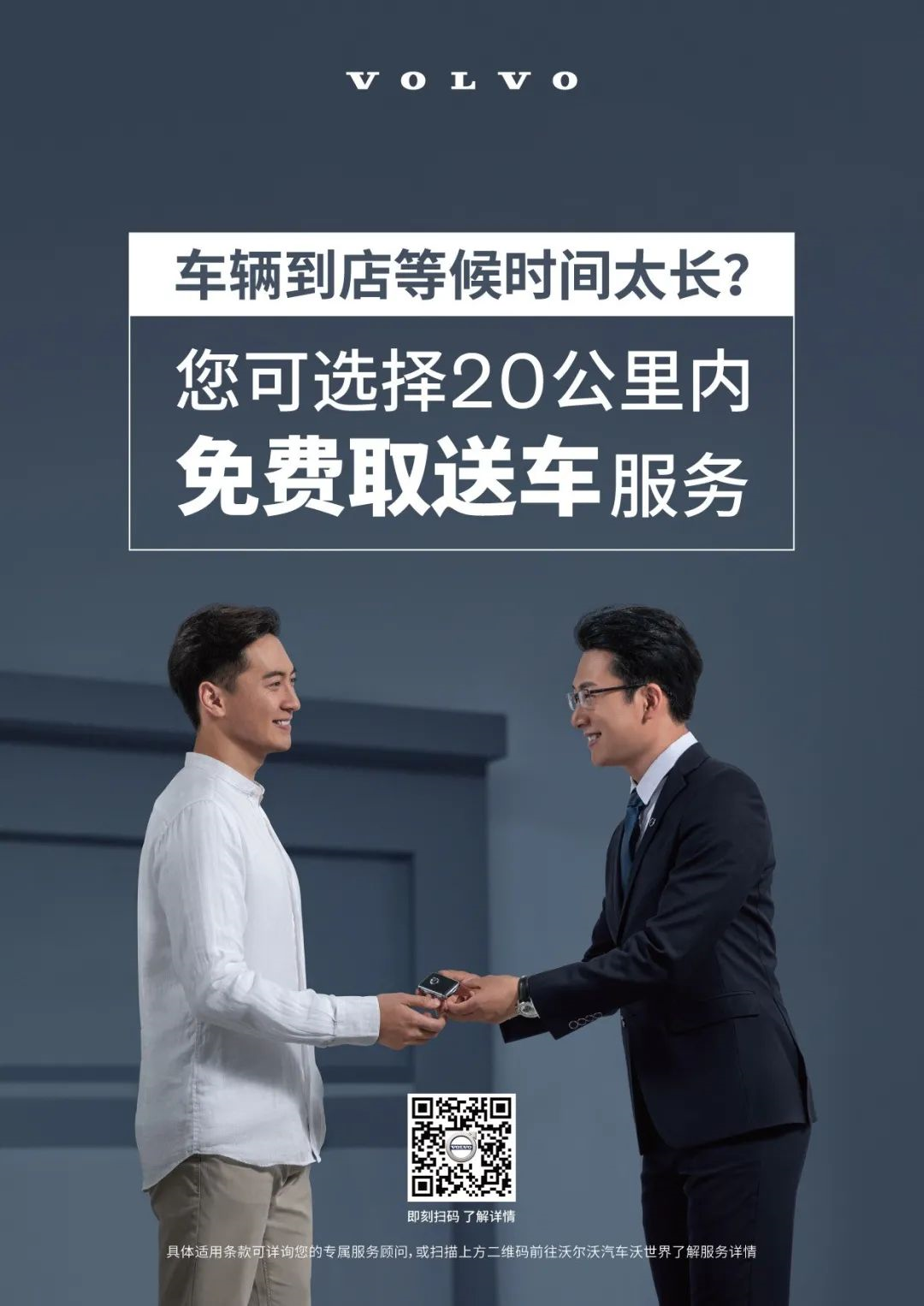
Qin Peiji mentioned that Volvo would send specialists to dealership partners to guide related services, which, in a sense, is also a kind of supervision. For example, the mandatory standards for the door-to-door pick-up service require that dealership partners respond to customer needs within 24 hours. Moreover, all 280 of Volvo’s national dealership networks have the six major service items without exception. All service items must be implemented for each and every user, demonstrating a systemic force.
User experience is the core principle driving integrated innovation.
Throughout the transformation process, Qin Peiji has always maintained a resolute attitude. “First principles” is the theory he advocates, and in terms of user service, he understands that users want a faster response time when something goes wrong. The corporate system and ideology are fundamentally unimportant to users.
On the after-sales service side, in addition to consumables such as engine oil and filters, 4S stores generally do not stock large amounts of parts. When users encounter problems, 4S stores can only order parts through channels, which takes 5-7 days to prepare the vehicle and return it to the customer. The long waiting time for vehicle preparation is a major pain point for users.The cooperation between Volvo Cars and JD Logistics in the after-sales field is the first comprehensive release of the value of cooperation between a luxury car brand and an integrated supply chain. Through strategic cooperation, using an intelligent replenishment model constructed by big data computation, achieving more flexible storage layout, intelligent prediction of spare parts demand at terminal 4S stores, and Lean replenishment management of the supply chain, turnover rate increased by more than 40%, greatly reducing the time between warehouses and 4S stores for parts and decreasing the time cost of waiting for vehicle maintenance, thereby improving the overall user experience.
At the same time, Volvo’s after-sales parts operations will also achieve uninterrupted operation for 365 days. In addition, the two sides will further study and promote the smart supply chain management system, fully experiencing JD Logistics’ absolute strength in intelligent, digital, and management capabilities in traditional fields, and providing more convenient and faster service experience for Volvo owners with transparent and visible full-chain data production. At the same time, the two sides will also integrate supply chain resources, optimize the layout of the future after-sales parts supply network, including big data planning and prediction, all-channel warehousing and logistics services, real-time logistics system tracking, and intelligent warehousing, and other comprehensive supply chain integration capabilities.
When discussing this innovative service system with JD, QIN Peiji added, “In our after-sales service department’s KPI, the achievement rate of zero spare parts sales accounts for only 25%, and the remaining 75% are indicators related to customer satisfaction.”
From the fundamental importance of user experience, QIN Peiji discovered important partners other than dealerships through “first principles”. It should be noted that due to data security and other reasons, traditional European car companies find it extremely difficult to open databases to partners like Volvo, even just for inventory of parts. Of course, since they have decided to make innovative changes, they will implement everything regarded as the right thing to do to the end. Therefore, we can feel QIN Peiji’s sense of ownership as a professional manager, and since joining Volvo ten years ago, he has witnessed and participated in the growth and transformation of the company with a pragmatic and decisive methodology.
For every car company that has experienced the test of time, they all have a distinct label. For Volvo, safety is undoubtedly one of the highest recognition. In the past year, Volvo’s slogan was “Love and life should never be compromised”, but for the post-90s consumer group, this sentence is relatively obscure, and they may not yet have enough experience or resonance. Frankly speaking, I personally believe that Volvo is a very difficult car company to attract younger consumers. On the question of whether to achieve market expansion through new marketing methods, QIN Peiji has unique insights.”We have a broad audience, but ultimately we are rooted in the core customer base. What is the core customer base? It is based on the existing audience and goes a little further, from the age of 25 to 45. Previously it was 30 and above, but now our product line has expanded, including the XC40 and XC60, which have attracted audiences from the age of 20 and up. However, the core customer base remains unchanged, and we do not excessively expand beyond it.”
Consumer age is dynamic, but Volvo’s audience age is relatively stable. This means that new users who fit the brand positioning will continue to enter the audience circle. In terms of car purchasing decisions, Volvo will be an option they cannot avoid. At the same time, there is no either-or in marketing strategy, and we have never abandoned the existing audience to blindly pursue social media exposure. Users, products, and corporate culture form a trinity that shapes the consumer’s perception of the Volvo brand. It is not realistic to change this completely, so we adopt a gradual penetration strategy in our marketing approach.
When you open Volvo’s official video channel, you’ll see that many middle-class faces, such as Xu Zhiyuan, Luo Xiang, Lang Lang, and Gao Yuanyuan, occupy a large amount of space. These people represent the main theme of Volvo’s user profile, but there are also young elements in the melody, as you can also see Huachenyu endorsing the XC40 model and collaboration with pet bloggers to launch a promotional video. Volvo is tentatively reaching out to young people while striving to innovate in its content dissemination.
The essence of this kind of contact and innovation is to expand the recognition of the Volvo brand appeal to a larger audience, not to completely change the brand appeal.
As Liu Qing pointed out at the beginning of the article, many in the industry admire idealists like Musk and Li Bin who charge ahead blindly, but business is about the ability to achieve long-term development. Innovation and breakthroughs in the automotive industry still require a “down-to-earth” approach. Some people charge ahead blindly just to survive in a tight spot; they need courage, but to gracefully turn around like an elephant, they also require wisdom and methodology.
This article is a translation by ChatGPT of a Chinese report from 42HOW. If you have any questions about it, please email bd@42how.com.
